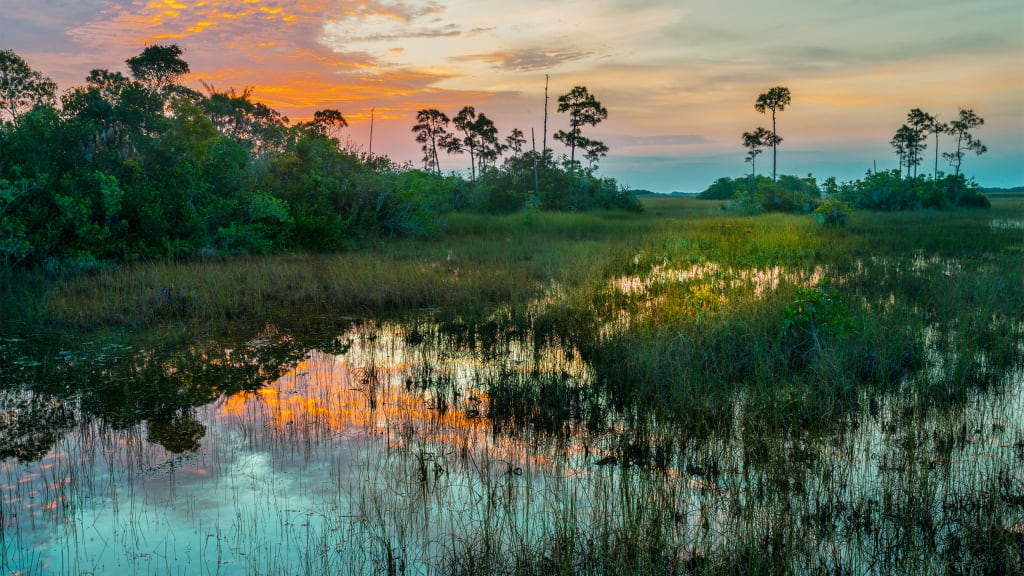
"Protecting South Florida's water hinges on restoring the Everglades. That's why, 25 years ago, the federal government and universities launched the world's largest ecosystem restoration effort ever attempted."
"The Florida Everglades is a broad mosaic of freshwater, sawgrass marshes, cypress domes and tree islands, mangrove forests, and seagrass meadows all connected by water."
"Since then, Florida's economy, agriculture, and population have exploded - and with them has come a nutrient pollution problem in the Everglades."
"Nearly 80 tons of phosphorus fertilizer from federally subsidized farm fields runs off into the Everglades wetlands each year. And that has become a water quality concern."
The Everglades, which serves as a crucial source of drinking water for South Florida, has significantly shrunk over the years due to agricultural activities and urban expansion. This has led to declining water quality and increased threats such as harmful algal blooms and saltwater intrusion. Restoration efforts, initiated 25 years ago as the largest ecosystem restoration project ever, are crucial to safeguard this key water supply. Ongoing nutrient pollution, mainly from sugarcane farming, exacerbates these issues, making immediate and sustained restoration efforts vital for the future of South Floridaâs water resources.
Read at Fast Company
Unable to calculate read time
Collection
[
|
...
]